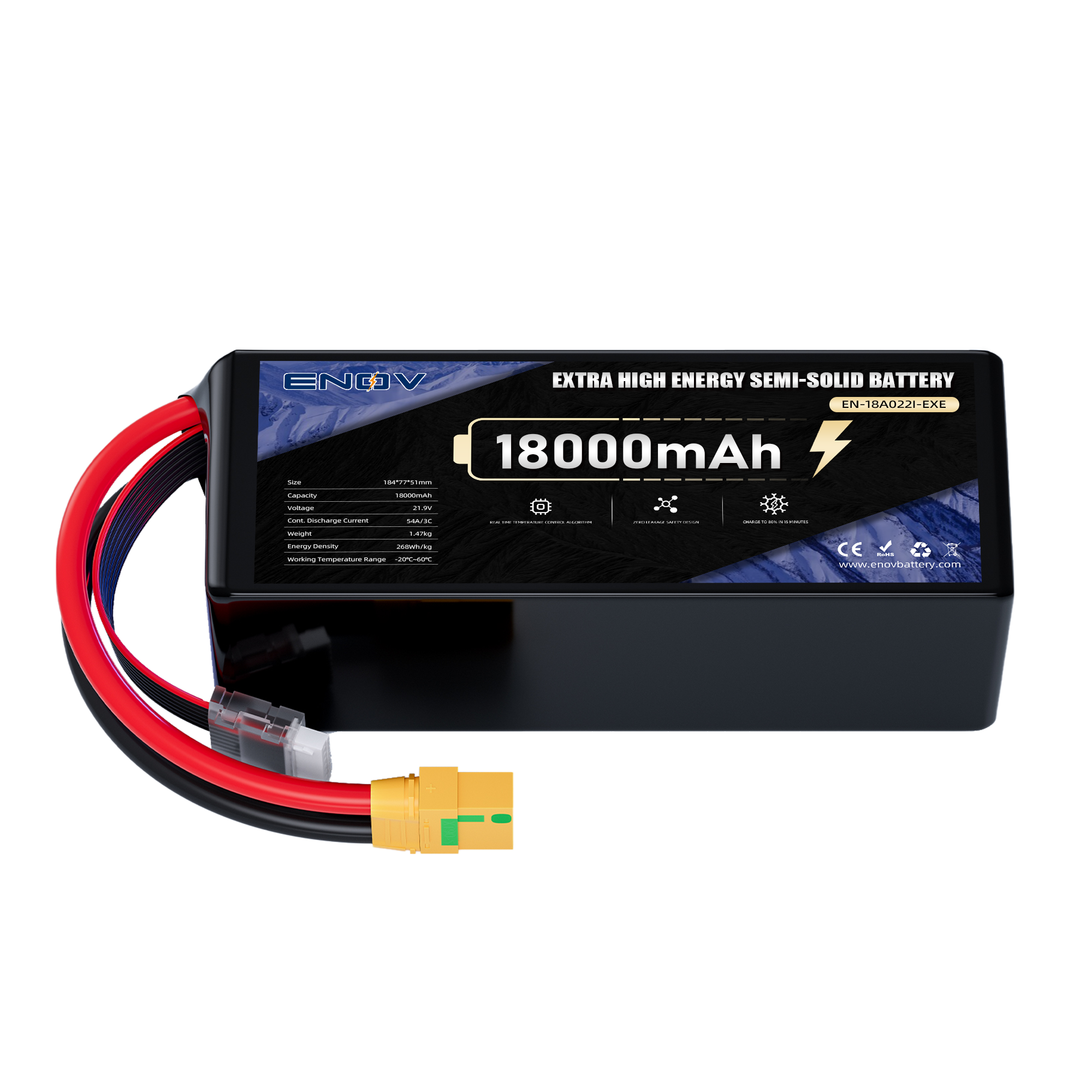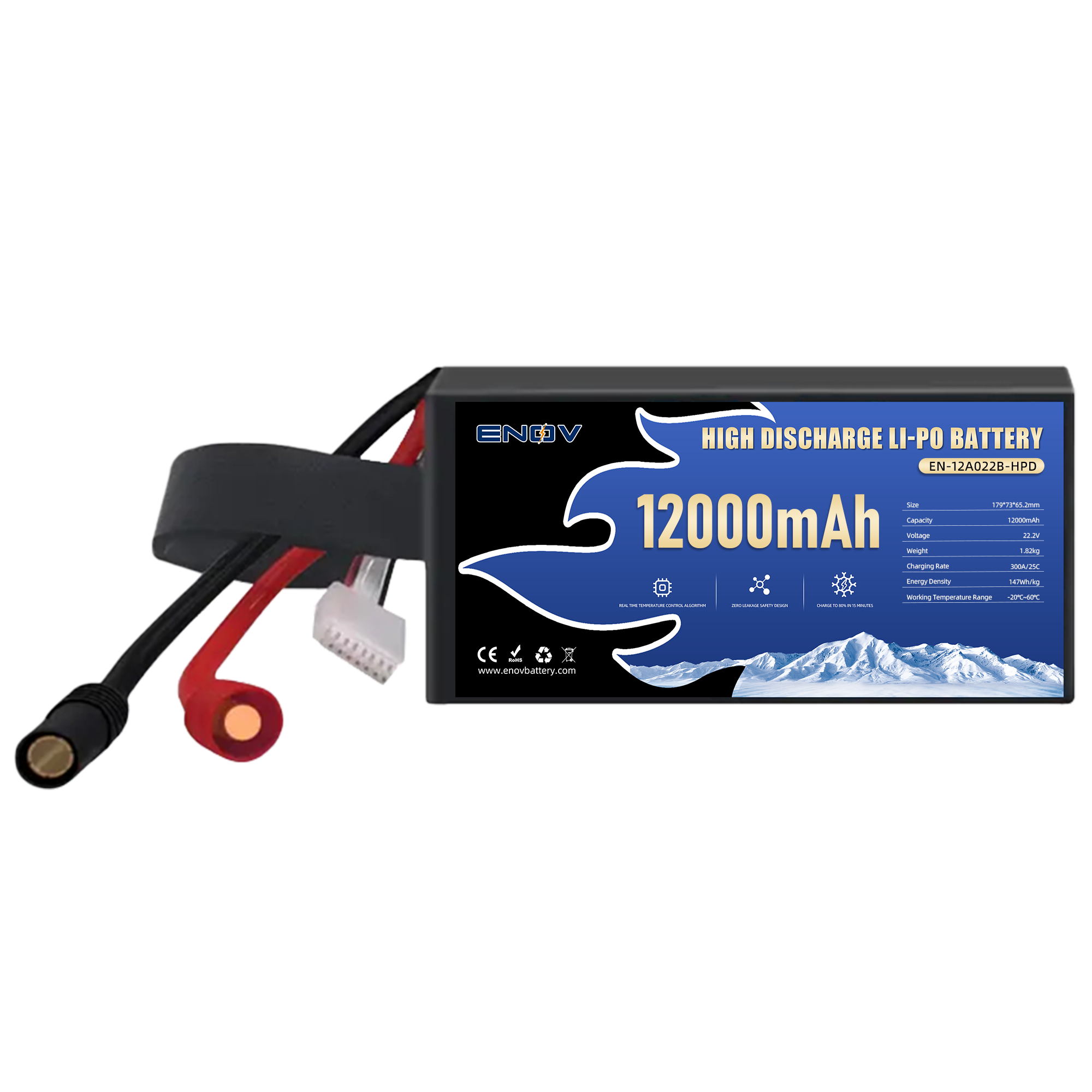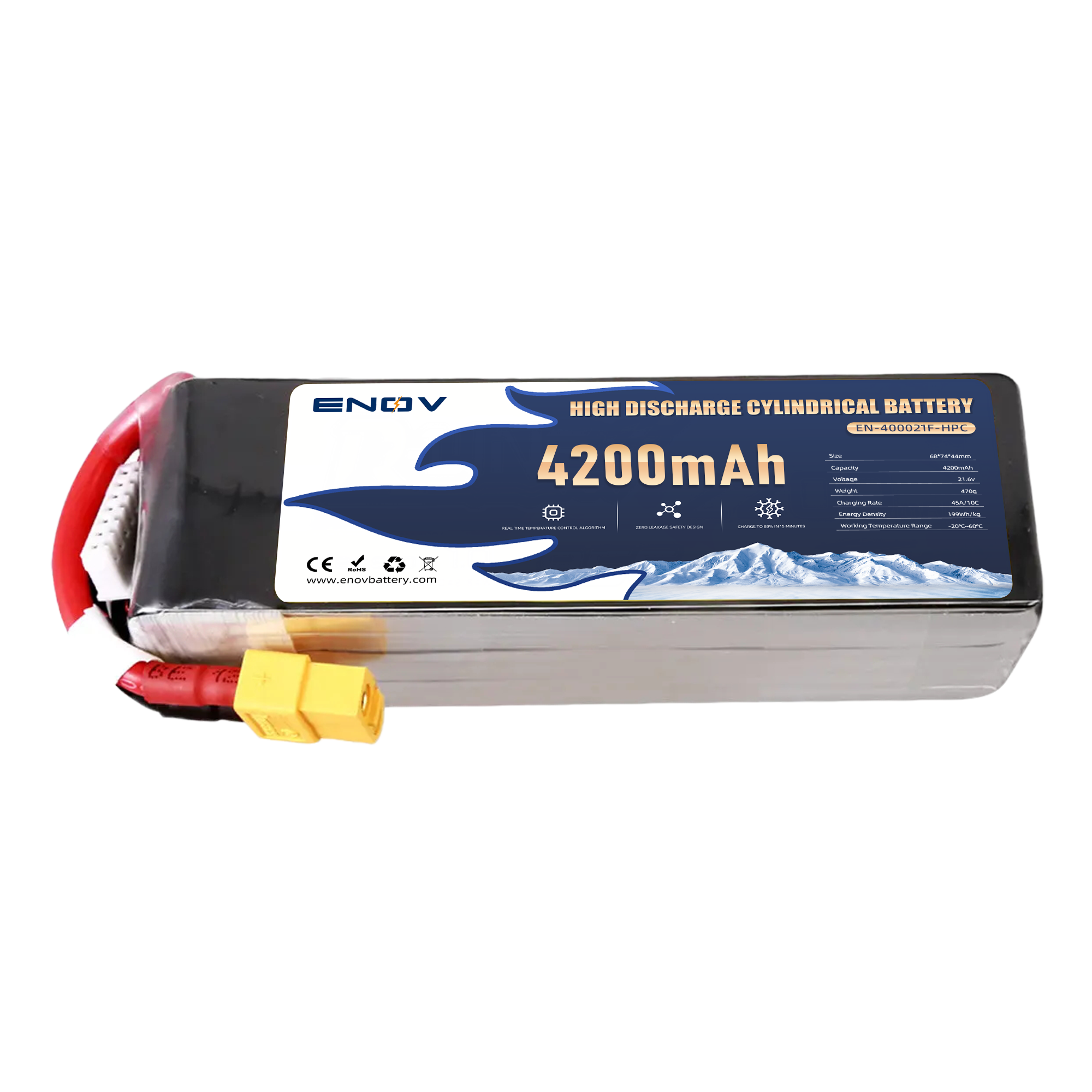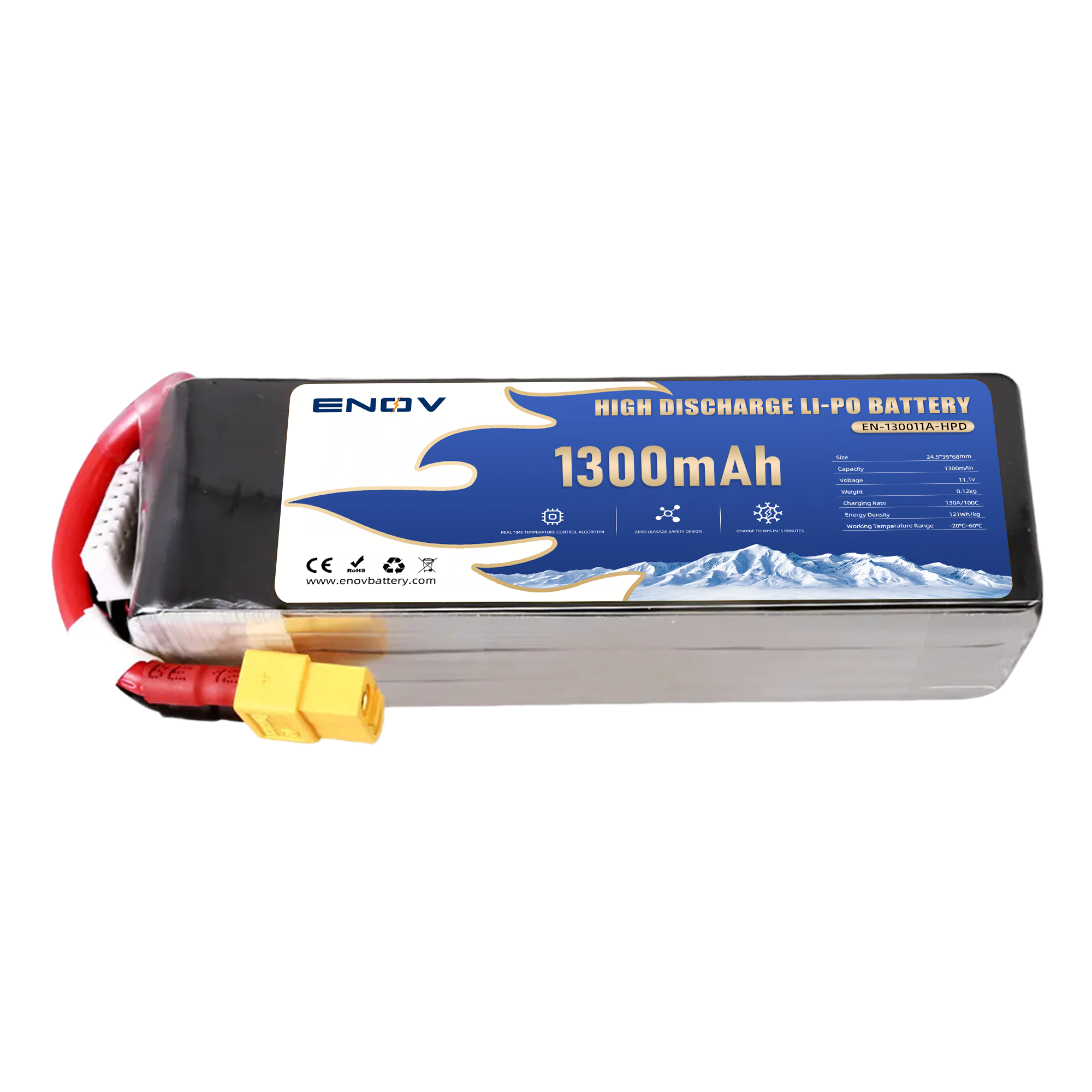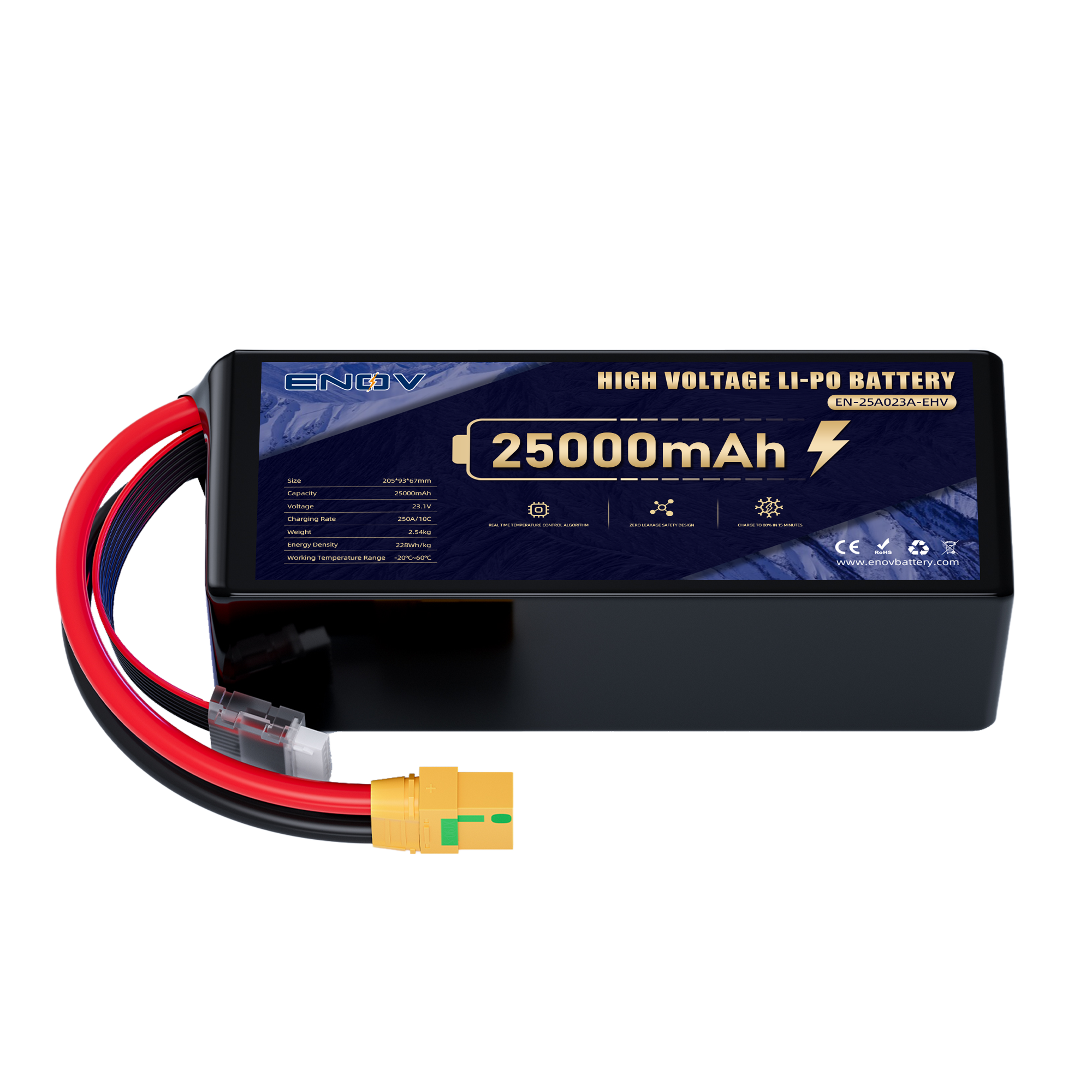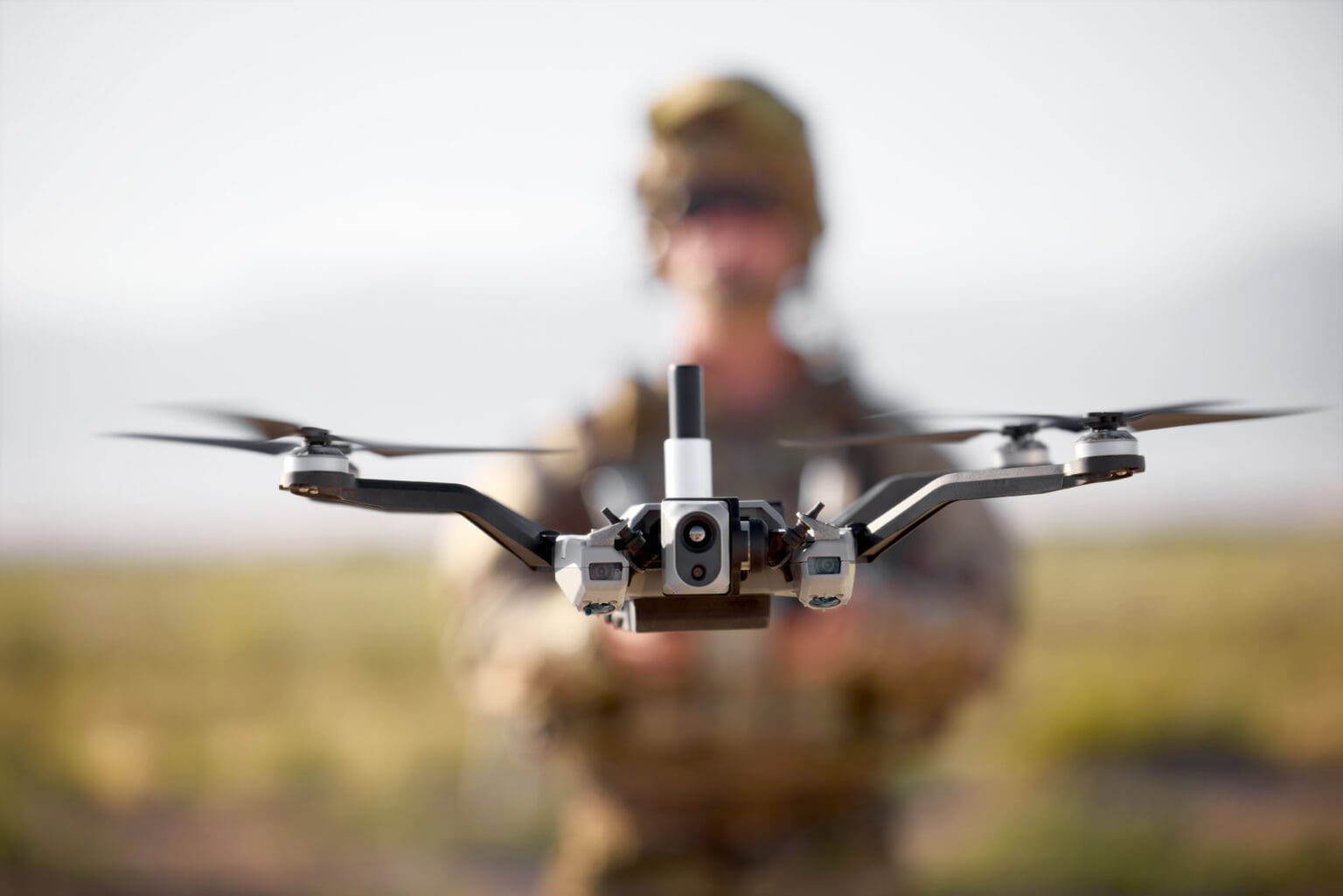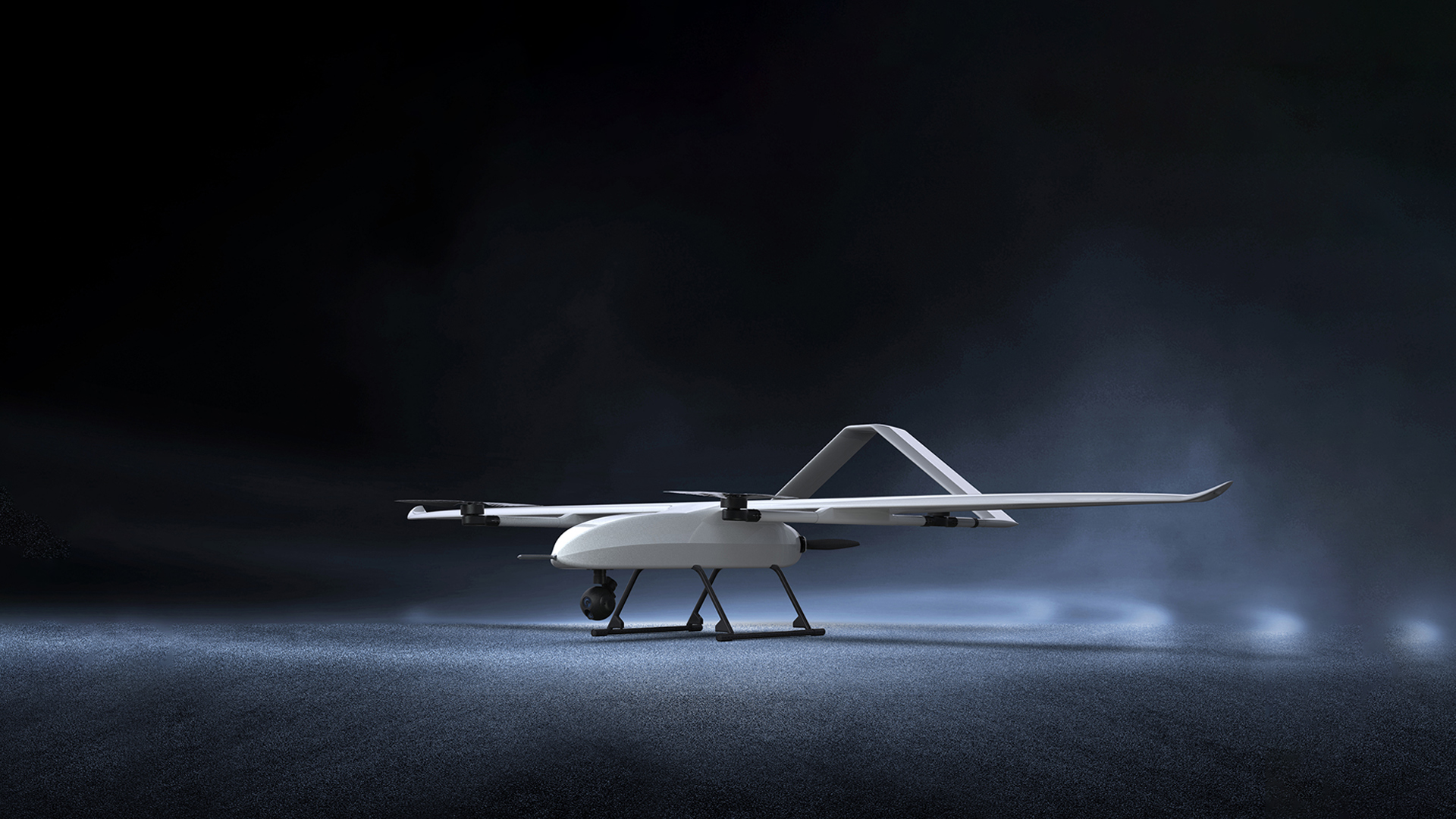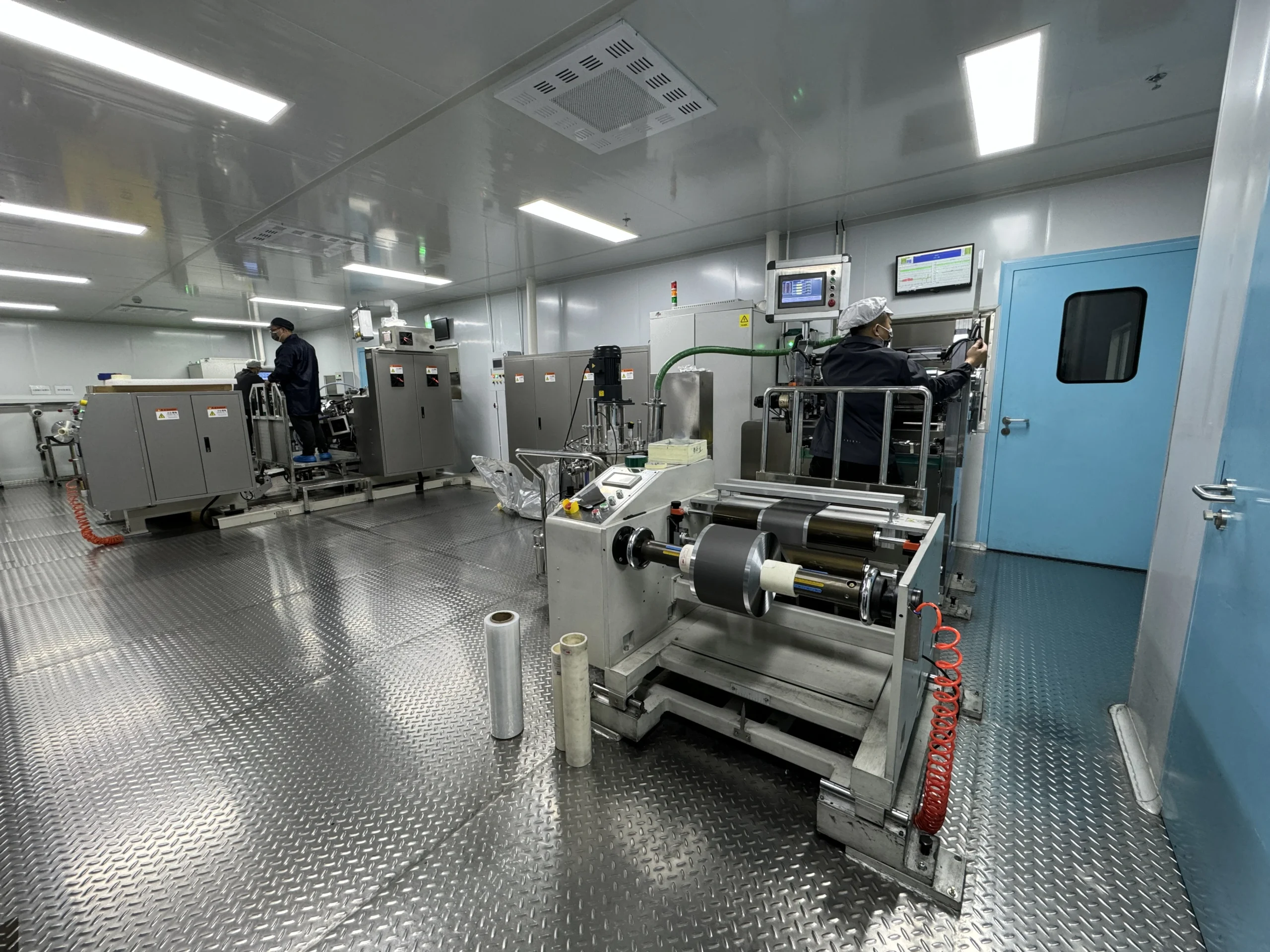Intelligent BMS Innovations: Revolutionizing Battery Efficiency for Smart Operations
Intelligent BMS Innovations: Revolutionizing Battery Efficiency for Smart Operations
Intelligent BMS innovations are transforming energy storage by merging real-time analytics, adaptive thermal control, and self-healing mechanisms to optimize battery performance.
These systems now extend battery lifespans by 40% while preventing catastrophic failures in EVs, renewables, and IoT devices. This article examines five groundbreaking advancements redefining intelligent battery management for industrial and consumer applications.
thrust
1. Predictive Analytics and AI-Driven Failure Prevention
Modern intelligent BMS innovations leverage machine learning to predict cell degradation before voltage drops occur. By analyzing historical charge cycles and temperature patterns, neural networks forecast potential thermal runaway in lithium-ion batteries with 92% accuracy. For example, Tesla’s Gen-4 BMS preemptively isolates faulty cells in EV packs, reducing fire risks by 75% during fast charging.
Furthermore, edge computing enables onboard data processing. Sensors embedded in grid-scale storage systems autonomously adjust charging rates based on weather forecasts, slashing energy waste by 30% during peak demand. Such predictive capabilities align with ISO 26262 safety standards, ensuring compliance across automotive and aerospace sectors.
2. Adaptive Thermal Control with Phase-Change Materials
Advanced thermal management is critical for high-density batteries. Intelligent BMS designs now integrate phase-change materials (PCMs) like paraffin wax to absorb excess heat during rapid discharge. In drone batteries, PCM-infused modules maintain optimal temperatures at altitudes exceeding 5,000 meters, boosting flight times by 25%.
Additionally, liquid cooling systems with variable-speed pumps dynamically respond to load changes. BMW’s iX BMS, for instance, uses coolant flow algorithms to stabilize cell temperatures within ±1.5°C, enhancing energy density by 18% without compromising safety.
3. Self-Healing Circuits and Solid-State Integration
Self-repairing conductive polymers are eliminating downtime in harsh environments. Mitsubishi’s BMS prototypes employ microcapsules filled with silver nanowires that autonomously bridge cracked circuits in offshore wind turbines. This innovation reduces maintenance costs by 60% in saltwater-exposed battery arrays.
Solid-state BMS architectures further enhance reliability. By replacing traditional wiring with printed graphene circuits, systems achieve 99.99% conductivity stability across -40°C to 150°C ranges. Such designs are pivotal for Arctic solar farms, where temperature fluctuations degrade conventional copper-based systems within months.
4. Cross-Industry Integration and Digital Twin Modeling
Intelligent BMS platforms now synchronize with IoT ecosystems for holistic energy optimization. Siemens’ cloud-based BMS creates digital twins of industrial battery banks, simulating aging effects under varying loads to recommend proactive maintenance. This approach cuts unexpected downtime by 55% in manufacturing plants.
Similarly, vehicle-to-grid (V2G) compatibility allows EV batteries to balance grid demand. Nissan’s Leaf-to-Home system uses BMS algorithms to prioritize household power needs during blackouts, diverting energy within 0.2 seconds of a grid failure.
5. Regulatory Compliance and Next-Gen Safety Protocols
Global standards are pushing intelligent BMS innovations toward fail-safe designs. The EU’s Battery Passport mandate (2027) requires real-time carbon tracking and recyclability reporting, driving BMS upgrades like blockchain-based material tracing. CATL’s latest systems now log each cell’s CO2 footprint from mining to recycling.
Fault-tolerant communication protocols like CAN FD (Flexible Data Rate) are also gaining traction. These protocols enable 5Mbps data transfer between battery modules, ensuring millisecond-level response to short circuits in data center UPS systems.
Conclusion
From AI-powered predictive maintenance to self-repairing circuits, intelligent BMS innovations are setting new benchmarks for energy efficiency and operational safety. These systems not only mitigate risks but also unlock scalability for smart grids and decentralized power networks. As industries prioritize sustainability and automation, next-generation BMS technologies will become the backbone of resilient energy infrastructures.
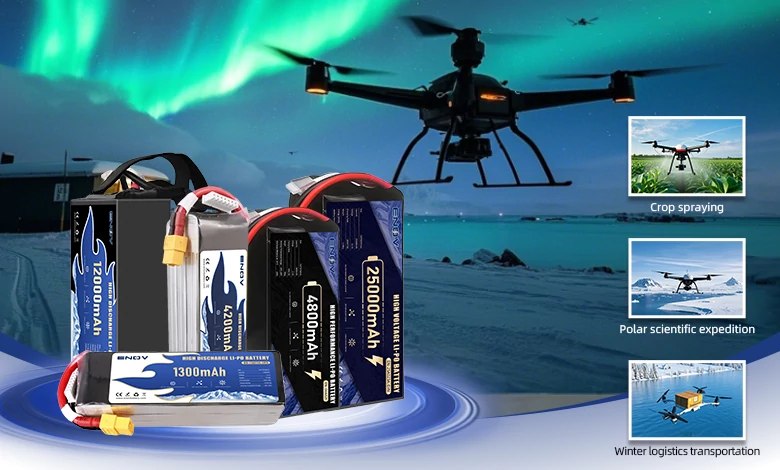
UAV DRONE battery
Enov UAV battery has the most advanced UAV battery new technology, it has a lightweight structural design, ultra-high energy density, stable continuous discharge, customized ultra-high instantaneous discharge, wide temperature working range, stable charge and discharge, battery materials can choose high nickel terpolymer positive/silicon carbon negative material system combined with semi-solid battery technology. Or choose a more mature application of more UAV lithium battery technology, available UAV battery nominal voltage 3.7V, capacity 18.0Ah ~ 30.0Ah, support 10C continuous discharge and 120C pulse discharge (3 seconds). With ultra-high energy density (220-300Wh/kg) as its core advantage, Enov UAV batteries can meet the needs of long-term endurance scenarios such as plant protection drones and transport drones, while maintaining stable emission performance in extremely low temperature environments (-40℃).
Other products
START-STOP LITHIUM BATTERY
LITHIUM ENERGY STORAGE BATTERY
QUICK INQUIRY
FAQ
Access to high frequency technical questions with one click, get accurate answers on product application, after-sales policy and customization process.
Service and Support
Get the latest product specifications, explore professional OEM/ODM customization services, click to open exclusive technical support and production solutions.
Become a Partner
We sincerely invite resources to interconnect, work together for win-win development, and immediately open a new chapter of strategic cooperation!
